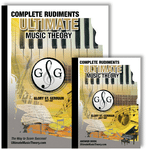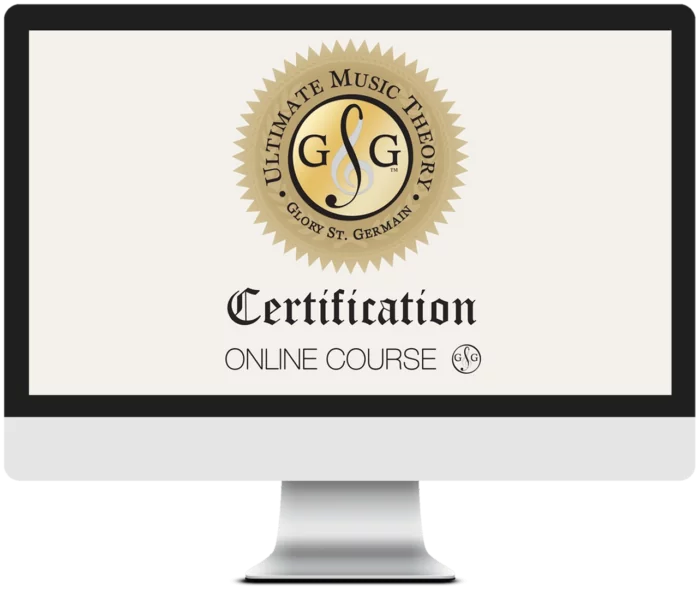C Clef #1 – What and Why Do We Need It?

C Clef - What is a C Clef and Why Do We Need It?
Music is a series of symbols to indicate how to transfer the written language of music into sound. When teaching music theory, the "written language of music", there are many different music symbols to learn about, including the C Clef. Have your students ever asked you "What is a C Clef and Why do we need it?"
A Clef is a “symbol” that pitches notes to specific sounds. The Treble Clef (or G Clef) creates a landmark around the G above Middle C. The Bass Clef (or F Clef) creates a landmark around the F below Middle C.

The C Clef is a movable clef. The 5 C Clefs establish specific pitches for Middle C. The simplest reason to use it is to avoid needing to use ledger lines. Although used primarily in vocal music of the Classical era and earlier, C Clefs are still seen in Orchestral Music today for certain instruments.
The Alto and Tenor C Clefs are the only ones that are required for the Advanced Rudiments exam. 
In the Ultimate Music Theory Complete Rudiments Workbook, the Alto and Tenor C Clef are introduced in Lesson #1 to allow Students and Teachers to become very comfortable with working in the 4 Clefs.
When using the Complete Rudiments Answer Book you will notice in the hand written answers how simple it is to draw the C Clef as required for the Alto and Tenor C Clefs. Yes we use the KISS method: Keep It Simple Students.
The Complete Rudiments prepares students for the Advanced Theory Exam.
C Clef - 4 Reasons Why We Need It
- C Clef Reason 1 - It connects us with the history of written music.
- C Clef Reason 2 - It supports transposition and a foundation in intervallic reading.
- C Clef Reason 3 - You might expand your instrument range to include a Viola, Double Bass, Bassoon, or another instrument that is traditionally written for a C Clef.
- C Clef Reason 4 - You just might become an orchestral or choral Conductor and would need to know how to read music in all the Clefs!
Watch the video on the Complete Rudiments Workbook and Answer Book. And speaking of the Complete Rudiments Workbook – here's the Teacher Challenge. Work through the Complete Rudiments Workbook yourself, let me know how you are doing and what your “ah-ha” moments have been!

Ultimate Music Theory Certification Course Online Teacher Training includes: 50 Video Sessions, All Materials, Online Support,
Exam Marking & Certificate!
Click HERE to discover what you will learn in the Ultimate Music Theory Certification Course. Your professional development Online Teacher Training starts here.
Keep on Learning... With a Smile and a Song!
Shelagh McKibbon-U'Ren


I am returning to play the tenor sax after many years. I never learned theory as a kid because it was easier for me to play by ear. Now I am trying to learn all this stuff. Where should I begin?
Steve
If you are not sure where to start, go to the Free Resources – Music Theory Exams and complete the Preparatory Exam. You can mark it yourself too as the Answers are also available for free. If you “ace” it, then you can go immediately into the Complete Rudiments Workbook.Use the Answer Book to mark yourself and remember to do every single question (even if you think you know the answers!). If you struggle with the Prep Exam, then start with the Prep 1 Rudiments Workbook (again with the matching Answer Book) and then do Prep 2 Rudiments. Once you have completed those Workbooks, you will feel much more confident with your theory foundation and will be able to handle the fast pace of the Complete Rudiments Workbook. As always, we are here to support you if you have any questions. Go to the Contact Us tab for direct email addresses. Good luck! I am very excited for you.
If you are a violinist and ever want to try playing the viola, it will be alot easier if you already have some knowledge of the alto clef. Mozart said the viola was his favorite instrument to play, and many famous violinists have picked up the viola after playing violin and enjoy the darker lower tone of the instrument. 🙂
Thanks Tanya.